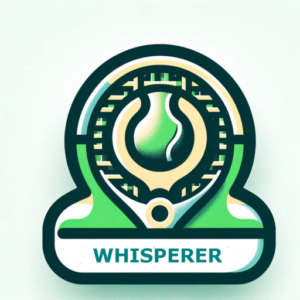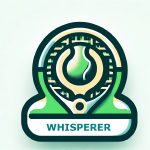The Hidden Biases That Cost You Matches
The Hidden Biases That Cost You Matches
We think we’re making smart decisions on court. But our brains are wired with shortcuts that distort judgment, especially under pressure. The result? Tactical errors that feel right in the moment but cost matches.
Here are the 7 biggest mental traps in tennis, where their origins come from—and how to overcome them.
1. Confirmation Bias
Origin: From psychology research on selective attention—how we look for evidence that confirms what we already believe, while ignoring disconfirming evidence.
On court: You believe your forehand is your weapon, so you force it—even when it’s breaking down. You ignore the stats showing your backhand is actually winning more points.
Bias makes you double down on what you want to be true, instead of what’s real.
Fix: Chart your matches. Let data—not your gut—show you what’s really working today.
2. Sunk Cost Fallacy
Origin: Economists coined this term for the trap of continuing an investment just because you’ve already spent time, money, or energy—even if the future payoff is poor.
On court: You’ve invested in a grinding baseline rally, so you keep trading blows with a fitter opponent, refusing to change tactics. “I can’t quit now,” you tell yourself—even though switching strategy would flip momentum.
Bias locks you into losing patterns.
Fix: Think forward, not backward. Ask: What’s the best strategy from this point onward?
3. Hindsight Bias
Origin: Known as the “I-knew-it-all-along” effect. After an outcome, our brain rewrites memory to make events seem more predictable than they were.
On court: After losing a set, you insist, “I knew I should’ve attacked their second serve.” In reality, you weren’t certain at the time—your brain just edited the story.
Bias erases real learning by making every mistake feel obvious after the fact.
Fix: Keep a match journal. Record pre-match intentions and compare them after. Learn from reality, not memory.
4. Halo Effect
Origin: First identified in workplace studies—when one positive trait (like attractiveness or intelligence) creates a “halo” that colors all other judgments.
On court: Your opponent has a big, flashy banging forehand, so you assume the rest of their game must be just as strong. Out of respect, you play passively—missing chances to test their weaker shots.
Bias lets one strength overshadow everything else.
Fix: Probe every area. Don’t give a free pass to their weaknesses.
5. Endowment Effect
Origin: From behavioral economics—people overvalue what they already own simply because it’s theirs.
On court: You cling to your old racquet, serve ritual, or favorite shot pattern, even when it’s clearly holding you back. You keep it not because it works—but because it’s yours.
Bias resists necessary evolution.
Fix: Ask: If I didn’t already do this, would I choose it today? Let performance—not comfort—decide.
6. Dunning–Kruger Effect
Origin: Named after psychologists Dunning and Kruger, who found that the least skilled often overestimate ability, while experts underestimate theirs because they see the full complexity.
On court: A doubles novice thinks they’re a poaching genius, lunging at everything. Meanwhile, an experienced player hesitates because they know how many variables are in play.
Bias flips confidence upside down.
Fix: Stay humble and seek feedback. Don’t confuse confidence with competence—trust evidence, not feelings.
7. Survivorship Bias
Origin: From WWII statistics—analysts studied bullet holes on planes that returned from missions, forgetting the planes that didn’t make it back.
On court: You copy Federer’s one-hander or Alcaraz’s drop shots from the internet, assuming success is inevitable. But you don’t see the thousands of players who tried the same style and failed.
Bias makes success stories look easier than they are.
Fix: Adapt, don’t imitate. Take inspiration, but tailor strategies to your game.
Wrap
Tennis isn’t just a battle of strokes and fitness—it’s a battle with your mind. These seven biases don’t show up on the scoreboard, but they quietly decide your momentum, confidence, and shot selection.
The good news? Biases lose their power the moment you spot them. By questioning assumptions, adjusting mid-match, and staying open to feedback, you play with clearer eyes and sharper instincts.
Every player trains their forehand and footwork. The ones who win consistently also train their thinking.
Next time you step on court, remember: your toughest opponent might be across the net… but it’s just as often inside your head.




